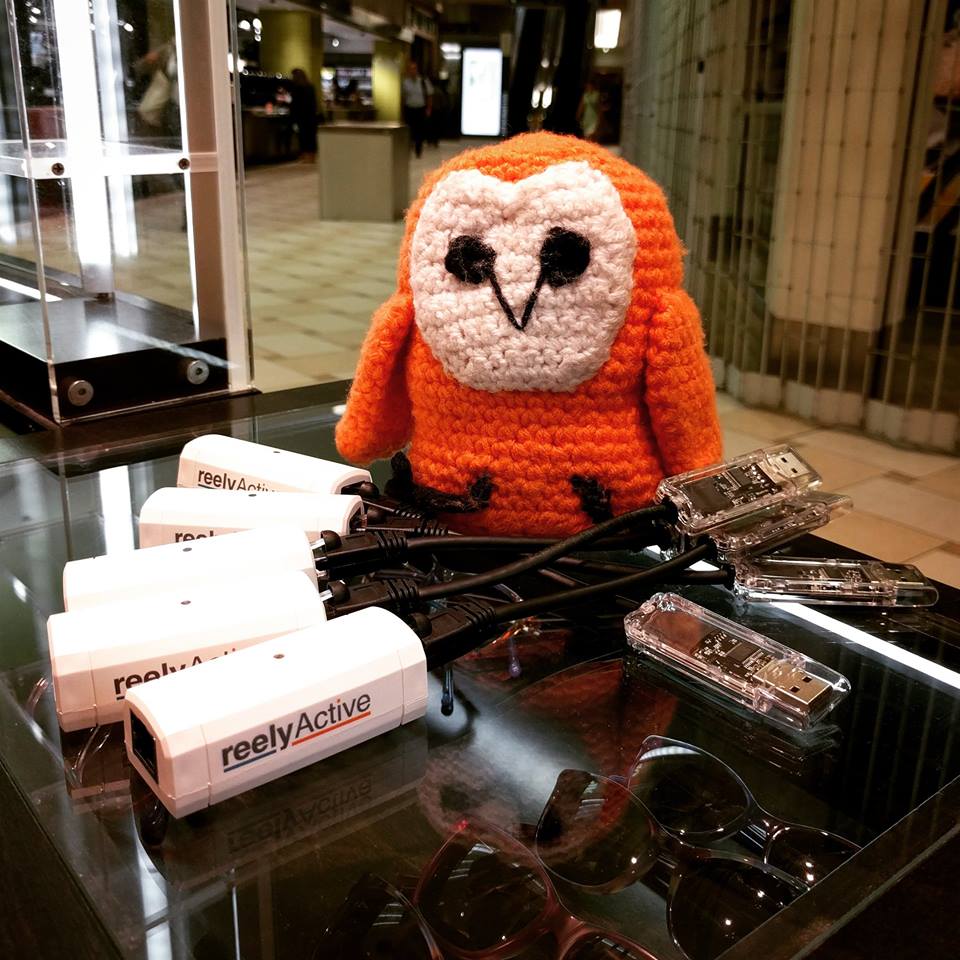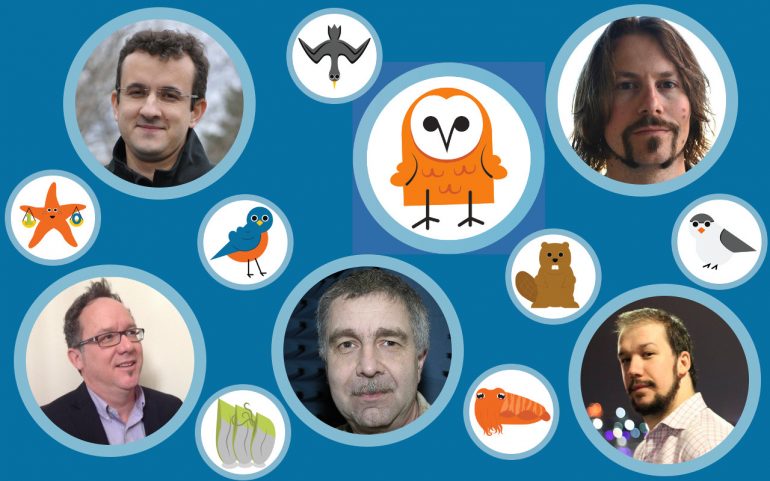Pour lire cet article en français, cliquez ici.
Plug and Play is arguably one of the most important accelerators in Silicon Valley. In early September, they hosted a demo day from which close to a thousand startups competed for the opportunity to present short four-minute pitches in front of numerous big players: the corporate partners who make up the Fortune 500, in hopes that they will invest in their project.
“We’re looking more at building stronger relationships with major partners.” – reelyActive CEO Jeffrey Dungen
Yet, a small fraction of the startups don’t formally apply for this anticipated program. They are new companies who’ve generated enough buzz with their products that they were invited to participate. reelyActive, who won the “World’s Best Startup” at the Startup World competition in 2013 in San Francisco, were included in the exclusive list of invitees. One of the only Canadian startups present, their CEO, Jeffrey Dungen, spent a few days in San Francisco a few weeks ago.
This cloud-based startup connects the virtual and real identities of people through its hardware’s Bluetooth technology and reveal — with the data the user decides to share — the user’s pertinent information on a screen. Philips has already shown interest in reelyActive because of the possibility for the business to get to know and understand their consumers’ behaviour.

But the decision to head to the Golden State was not taken without hesitation. Dungen, who participated in FounderFuel’s accelerator program in 2012, said that although the experience was helpful, “it was not necessarily a good fit for our business to be accelerated again,” he explained. “Now, we’re looking more at building stronger relationships with major partners.”
Usually, accelerators take shares in a company and offer a small investment in return – enough for the startup to survive for three to four months. With Plug and Play, however, that’s not the formula. In this case, no investment is offered, nor are any shares taken. In fact, it’s more of an opportunity for startups to interact with Fortune 500 companies, with a possibility of investment afterwards.
The day of the presentation, 31 selected companies were each given a block of six minutes – four minutes for the pitch and two to answer questions – punctuated by a short pause between them.
Listening to thirty-one pitches is rather painful. Despite the exaggerated importance accorded to it – which sometimes exceeds that deserved by the actual products – and the fact that it’s what’s expected in the hive of technological innovation that is California, there’s disappointment at many turns. Some products are surrounded by so much confusion that it’s easy to stand out with a solid and mature technology.
But the real advantage of this kind of event is the networking. SC Johnson, Philips, Honeywell, and several other big names stayed after the presentations to chat with the startups. “Just for that, it was worth the trip,” said Dungen.
This kind of participation is beneficial for the team’s morale, and how the startup is perceived within the wider tech community. “Occasionally, we need events like this in the life of startups. So you do something crazy like a four-minute pitch at Plug and Play California!”


